41 sentiment analysis without labels
Tutorial: Fine-tuning BERT for Sentiment Analysis - by Skim AI By adding a simple one-hidden-layer neural network classifier on top of BERT and fine-tuning BERT, we can achieve near state-of-the-art performance, which is 10 points better than the baseline method although we only have 3,400 data points. In addition, although BERT is very large, complicated, and have millions of parameters, we only need to ... Sentiment Analysis: The What & How in 2022 - Qualtrics Machine learning-based sentiment analysis A computer model is given a training set of natural language feedback, manually tagged with sentiment labels. It learns which words and phrases have a positive sentiment or a negative sentiment. Once trained, it can then be used on new data sets.
Is it possible to do Sentiment Analysis on unlabeled data using BERT ... 1) Use the convert_label () function to change the labels from the "positive/negative" string to "1/0" integers. It is a necessary step for feeding the labels to a model. 2) Split the data into...
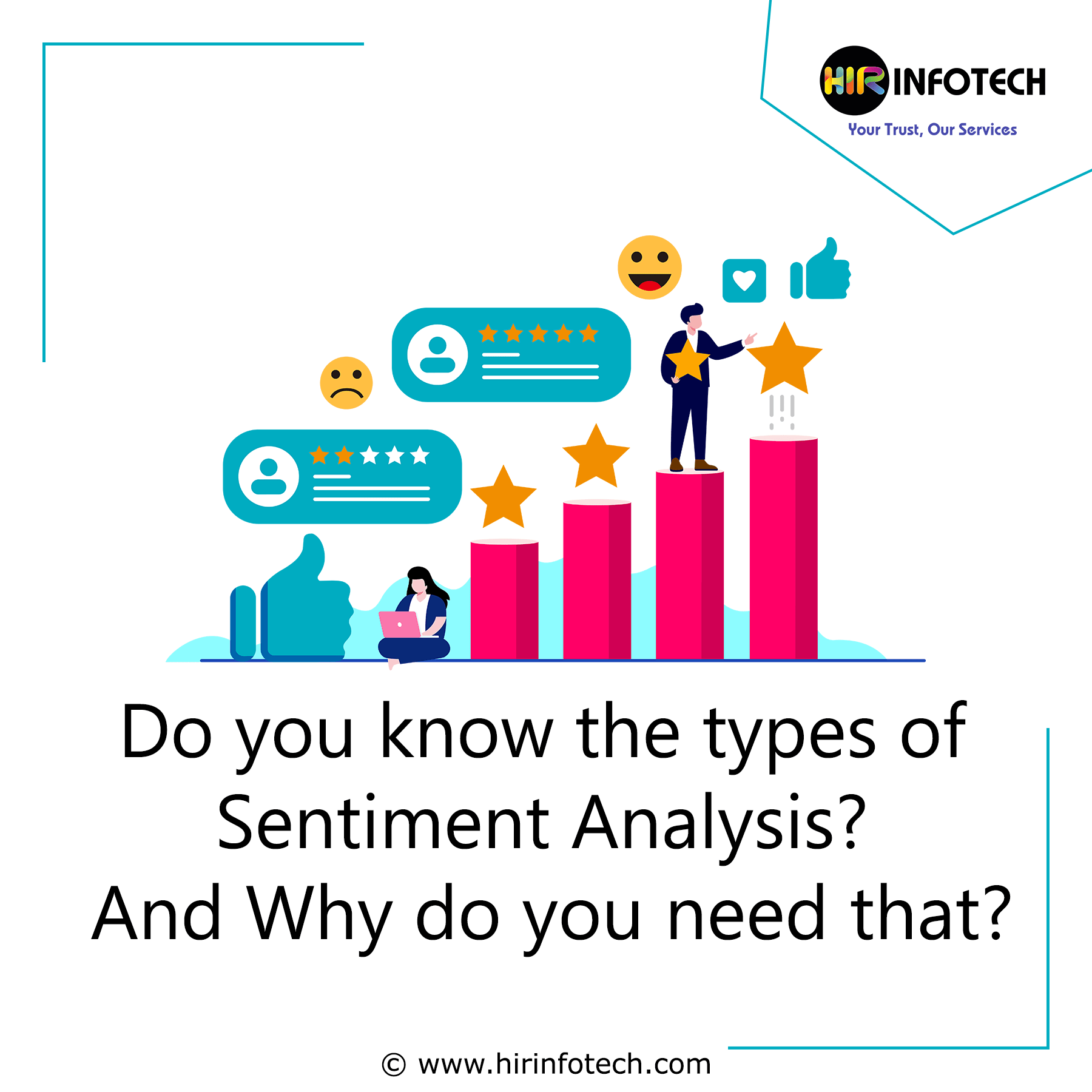
Sentiment analysis without labels
Where can I find datasets for sentiment analysis which don't ... - Quora Create a list of emoticons having positive sentiment and another list for negative sentiments. Then if a tweet contains only (or mostly) emoticons of positive sentiment then label it as positive tweet and vice verse for negative label. It is not necessary that you can label all the tweets in this way as every tweet does not contain emoticons. GitHub - AakashChugh/Sentiment-Analysis-using-Python The range of polarity is from -1 to 1 (negative to positive) and will tell us if the text contains positive or negative feedback. Most companies prefer to stop their analysis here but in our second article, we will try to extend our analysis by creating some labels out of these scores. Unsupervised Sentiment Analysis. How to extract sentiment from the data ... It is extremely useful in cases when you don't have labeled data, or you are not sure about the structure of the data, and you want to learn more about the nature of process you are analyzing, without making any previous assumptions about its outcome.
Sentiment analysis without labels. How to Do Twitter Sentiment Analysis Without Breaking a Sweat? Sentiment Analysis (also known as Emotion AI) is the process of measuring the tone of writing and evaluating whether it is positive, neutral, or negative. Sentiment analysis is based on solutions developed in the field of natural language processing (NLP). Text Classification for Sentiment Analysis - StreamHacker Apparently stopwords add information to sentiment analysis classification. I did not include the most informative features since they did not change. Bigram Collocations. As mentioned at the end of the article on precision and recall, it's possible that including bigrams will improve classification accuracy. Sentiment Analysis Guide - MonkeyLearn Sentiment analysis (or opinion mining) is a natural language processing (NLP) technique used to determine whether data is positive, negative or neutral. Sentiment analysis is often performed on textual data to help businesses monitor brand and product sentiment in customer feedback, and understand customer needs. Sentiment Analysis in Natural Language Processing - Analytics Vidhya We can make a multi-class classifier for Sentiment Analysis. But, for the sake of simplicity, we will merge these labels into two classes, i.e. Positive and Negative sentiment. 1. Positive Sentiment - "joy","love","surprise". 2. Negative Sentiment - "anger","sadness","fear".
Top 12 Free Sentiment Analysis Datasets | Classified & Labeled This sentiment analysis dataset consists of around 14,000 labeled tweets that are positive, neutral, and negative about the first GOP debate that happened in 2016. IMDB Reviews Dataset: This dataset contains 50K movie reviews from IMDB that can be used for binary sentiment classification. How to perform sentiment analysis and opinion mining - Azure Cognitive ... Sentiment Analysis applies sentiment labels to text, which are returned at a sentence and document level, with a confidence score for each. The labels are positive, negative, and neutral. At the document level, the mixed sentiment label also can be returned. The sentiment of the document is determined below: Confidence scores range from 1 to 0. Is it possible to do sentiment analysis of unlabelled text using ... In the 1st way, you definitely need a labelled dataset. In that way, you can use simple logistic regression or deep learning model like "LSTM". But in unsupervised Sentiment Analysis, You don't need any labeled data. In that way, you can use a clustering algorithm. K-Means clustering is a popular algorithm for this task. NLP — Getting started with Sentiment Analysis - Medium As we can see that, we have 6 labels or targets in the dataset. We can make a multi-class classifier for Sentiment Analysis. But, for the sake of simplicity, we will merge these labels into two...
How to label review having both positive and negative sentiment words How to label review having both positive and negative sentiment words 1 I have used vader library for labeling of amazon's reviews but it doesn't handle these types of reviews "No problems with it and does job well. Using it for Apple TV and works great. I would buy again no problem". This is positive sentence but the code label it as negative. Learning Implicit Sentiment in Aspect-based Sentiment Analysis … Aspect-based sentiment analysis aims to iden-tify the sentiment polarity of a specific aspect in product reviews. We notice that about 30% of reviews do not contain obvious opinion words, but still convey clear human-aware sen-timent orientation, which is known as implicit sentiment. However, recent neural network-based approaches paid little attention to im-plicit sentiment … Use Sentiment Analysis With Python to Classify Movie Reviews Sentiment analysis is a powerful tool that allows computers to understand the underlying subjective tone of a piece of writing. This is something that humans have difficulty with, and as you might imagine, it isn’t always so easy for computers, either. But with the right tools and Python, you can use sentiment analysis to better understand the Sentiment Analysis: Distinguish Positive and Negative Documents Sentiment Analysis is the task of detecting the tonality of a text. A ... which assigns one of the labels positive, negative or neutral to each text. This is probably the most commonly used settings for sentiment analysis. We assume for now that each class occurs equally often, i.e. that approximately 1/3 of all documents will be positive, negative, or neutral. A classifier which …
Top 10 best free and paid sentiment analysis tools - Awario It allows you to develop your own sentiment analysis models and even checks this model for accuracy once you tag enough texts to verify data. Pricing You can use the basic version of the tool for free. The paid version starts at $299 a month. 7. Clarabridge Best for: customer support, customer feedback analysis.
Step by Step: Twitter Sentiment Analysis in Python 07.11.2020 · Sentiment analysis is one of the most popular use cases for NLP (Natural Language Processing). In this post, I am going to use “Tweepy,” which is an easy-to-use Python library for accessing the Twitter API. You need to have a Twitter developer account and sample codes to do this analysis.
How to label text for sentiment analysis — good practices If you are working on sentiment analysis problems, be careful about text labelling. If you have never labelled text in your life, this is a good exercise to do. If you only rely on clean/processed text to learn, you can face a problem where the problem is not your model, but the information that you are using to train it.
Sentiment Analysis: First Steps With Python's NLTK Library Sentiment analysis is the practice of using algorithms to classify various samples of related text into overall positive and negative categories. With NLTK, you can employ these algorithms through powerful built-in machine learning operations to obtain insights from linguistic data. Remove ads Installing and Importing
How to label sentiment using NLP? - Data Science Stack Exchange Simplest Approach - Use textblob to find polarity and add the polarity of all sentences. If the overall polarity of tweet is greater than 0 , then it's positive and if less than zero , you can label it as negative
Toward multi-label sentiment analysis: a transfer learning based ... Multi-label aspect enhanced sentiment analysis. According to Do et al. [], the study of sentiment analysis can be done at three different levels—document, sentence, and entity/aspect.Traditional sentiment analysis studies focusing on the document or sentence level assume that there is only one topic existing in the document/sentence, where the sentiment is expressed on.
project sentiment analysis - SlideShare 10.02.2016 · project sentiment analysis 1. A Project Report on SENTIMENT ANALYSIS OF MOBILE REVIEWS USING SUPERVISED LEARNING METHODS A Dissertation submitted in partial fulfillment of the requirements for the award of the degree of BACHELOR OF TECHNOLOGY IN COMPUTER SCIENCE AND ENGINEERING BY Y NIKHIL (11026A0524) …
Evaluating Unsupervised Sentiment Analysis Tools Using Labeled Data Analysis Our analysis and code will be broken down into 3 phases: Getting acquainted with the data Building the analyzers formation Evaluating and interpreting 1. Get acquainted with the data As aforementioned, the data we're using is the combination of companies' reviews, which can be found using this Kaggle link.
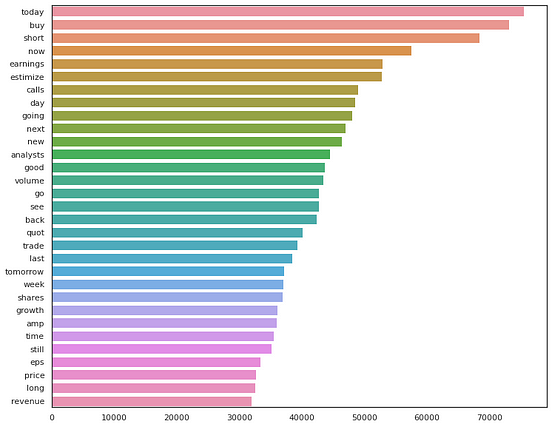
LSTM vs BERT — a step-by-step guide for tweet sentiment analysis | by Yuki Takahashi | Towards ...
Sentiment Analysis in Python: TextBlob vs Vader Sentiment vs … 03.12.2021 · Sentiment analysis is one of the most widely known Natural Language Processing (NLP) tasks. This article aims to give the reader a very clear understanding of sentiment analysis and different methods through which it is implemented in NLP. So let’s dive in. The field of NLP has evolved very much in the last five years, open-source […]
How to perform sentiment analysis and opinion mining - Azure … 15.03.2022 · Sentiment analysis and opinion mining are two ways of detecting positive and negative sentiment. Using sentiment analysis, you can get sentiment labels (such as "negative", "neutral" and "positive") and confidence scores at the sentence and document-level. Opinion Mining provides granular information about the opinions related to words (such as ...
Sentiment Analysis: What is it and how does it work? - Awario Let's take a look at each of these sentiment analysis models. 1. Supervised machine learning (ML) In supervised machine learning, the system is presented with a full set of labeled data for training. This dataset consists of documents whose sentiment has already been determined by human evaluators (data scientists).
Sentiment Analysis in Python using Machine Learning For this sentiment analysis python project, we are going to use the imdb movie review dataset. What is Sentiment Analysis. Sentiment analysis is the process of finding users’ opinions towards a brand, company, or product. It defines the subject behind the social data, after launching a product we can find whether people are liking the product ...
Sentiment Analysis with VADER- Label the Unlabelled Data VADER is a lexicon and rule-based sentiment analysis tool. It is used to analyze the sentiment of a text. Lexicon is a list of lexical features (words) that are labeled with positive or negative...
Sentiment Analysis | Comprehensive Beginners Guide - Thematic Sentiment analysis is used to determine whether a given text contains negative, positive, or neutral emotions. It's a form of text analytics that uses natural language processing (NLP) and machine learning. Sentiment analysis is also known as "opinion mining" or "emotion artificial intelligence". Sentiment Scoring
Fine-grained Sentiment Analysis in Python (Part 1) - Medium 04.09.2019 · Example of Recursive Neural Tensor Network classifying fine-grained sentiment (Source: Original paper) What is the state-of-the-art? The original RNTN implemented in the Stanford paper [Socher et al.] obtained an accuracy of 45.7% on the full-sentence sentiment classification. More recently, a Bi-attentive Classification Network (BCN) augmented with ELMo …
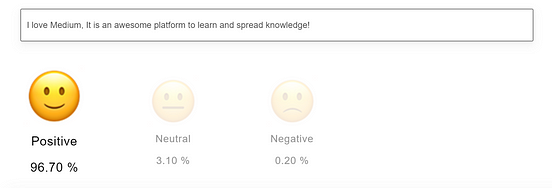
Targeted Sentiment analysis vs Traditional Sentiment analysis | by z_ai | Towards Data Science
Repustate IQ Sentiment Analysis Process: Step-by-Step Repustate IQ Sentiment Analysis Process: Step-by-Step. Sentiment analysis is the AI-powered method through which brands can find out the emotions that customers express about them on the internet. It could be through videos on TikTok or Facebook, comments on Twitter or Xing, or surveys and emails.
Free Online Sentiment Analysis Tool - MonkeyLearn Sentiment Analyzer. Use sentiment analysis to quickly detect emotions in text data. Sign Up Free. Play around with our sentiment analyzer, below: Test with your own text. Classify Text. Results. Tag Confidence. Positive 99.1%. Get sentiment insights like these: Sentiment analysis benefits: ...






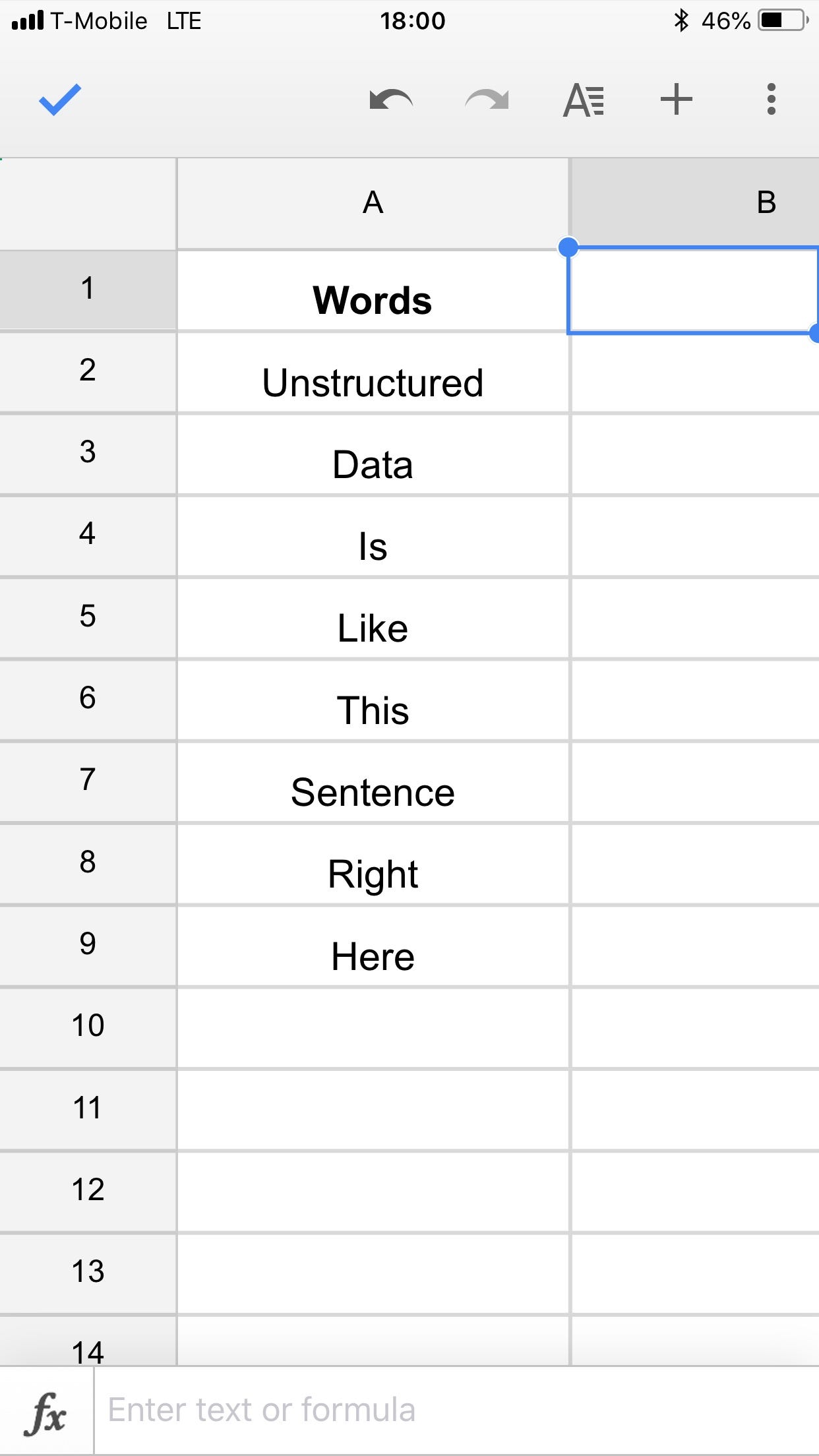




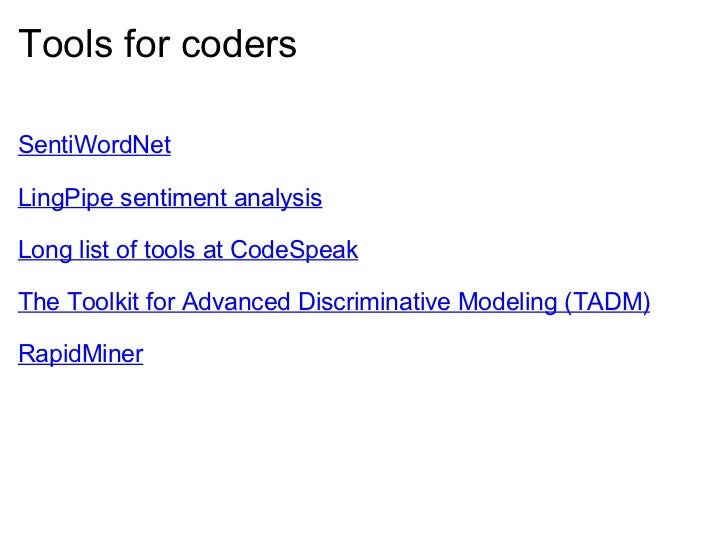

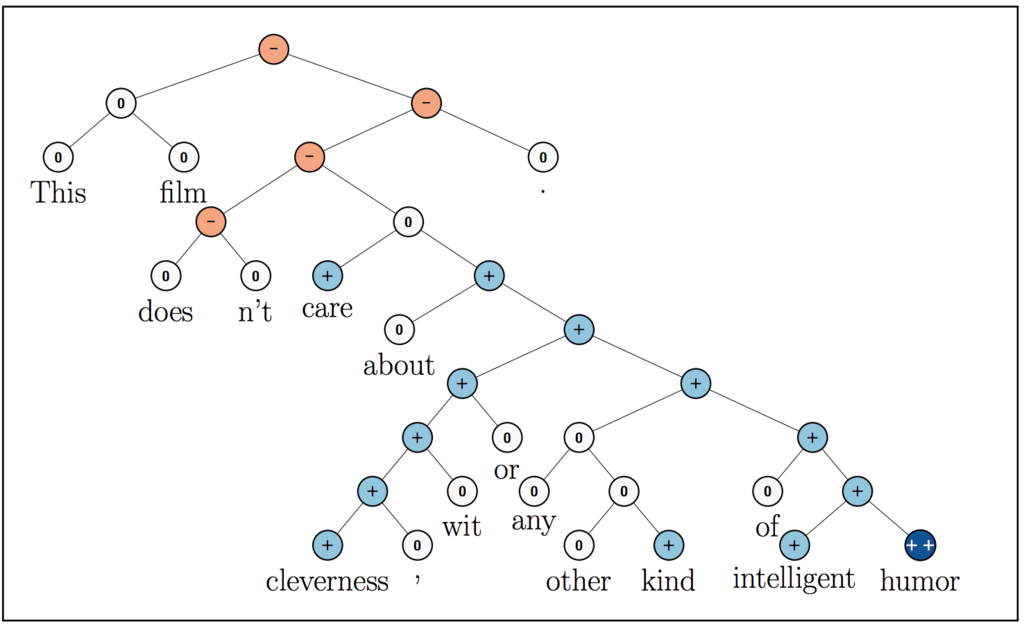
Post a Comment for "41 sentiment analysis without labels"